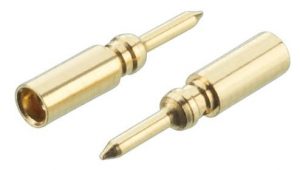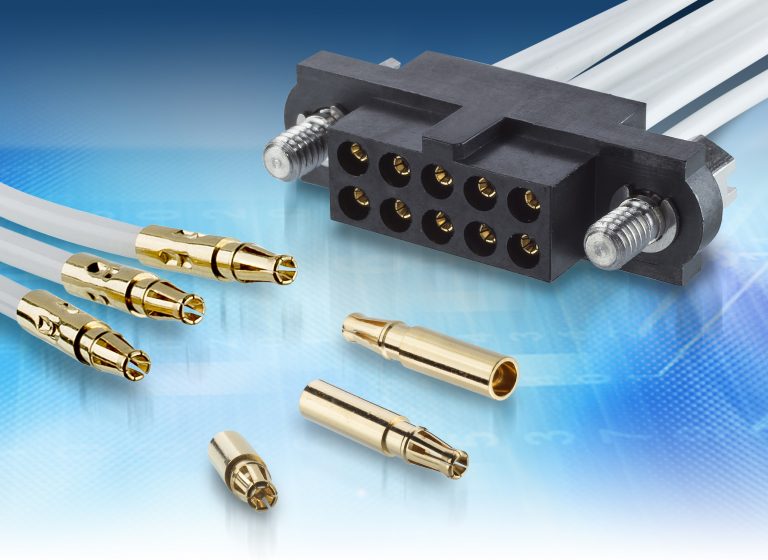Gold Embrittlement in Connector Terminations: A Case of All That Glitters…
Since civilization began many thousands of years ago, gold has been an extraordinarily coveted material. Countless wars have been fought and crimes committed in order to get hold of it. In general, the view is that ‘you really can’t have enough gold.’
Even in the electronics arena, the value placed upon gold is very high. Here it is not because of its inherent beauty though, but is instead due to the favourable operational properties it possesses – including its strong durability, elevated levels of conductivity (both thermally and electrically speaking) and its ability to prevent oxidation from occurring. It is because of such attributes that gold finishing is often applied to good quality connector components. But in this context, as we will see, less is more.

Gold now sees widespread use in high reliability (hi-rel) connectors, as it provides the ruggedness needed for their terminations. However, it should be noted that gold is by nature porous and this may, with time, have a detrimental impact on the overall condition of the PCB connection that is derived. This is due to the phenomenon known as gold embrittlement. What this means is that during the component’s operational lifespan certain problems can arise through gold-plated terminations, these issues stem from the soldering process. Tin-bearing solder alloys will readily dissolve gold and form brittle intermetallic gold-tin compounds. The result is that brittle intermetallic layers within the solder joints tend to fracture when subjected to thermal cycling or mechanical operation and the integrity of the solder joint becomes compromised when the concentration is too high (typically when it goes above 3%). Consequently, this presents serious reliability concerns for electronic engineers. The mechanical stability of components on the board may end up being brought into question, with the possibility of situations where detachment of components with gold-plated terminations might potentially occur.
Based on this, though the perception may be that thick gold finishes are a positive thing, they are likely to actually be more of a hindrance than a benefit to connection integrity in the long term. Excessive use of gold should therefore be avoided whenever possible, due to the prospect of it weakening the solder joints. Nevertheless, some connector manufacturers serving the high-rel market have a tendency to deposit relatively thick layers of gold onto their terminations.


In acknowledgement of the embrittlement issue, and to maintain ongoing reliability, Harwin’s popular 1.25mm pitch Gecko connectors have been constructed in such a way as to mitigate it. The gold plating on the terminations of these components has purposely been deposited in such a way that it will be at the optimal thickness to ensure continued robustness while not being prone to the onset of embrittlement. Through this, the Gecko product line is better able to keep its solder integrity than competing connector products on the market.
Uh oh, it looks like you are using an outdated browser version.
Some functions may not work as expected on Harwin.com in your current browser. For the best experience, more security and speed, we recommend updating your browser to the latest version.
(if you are using Internet Explorer, we recommend switching to an alternative browser.)
Still having issue? Contact [email protected] for help.



